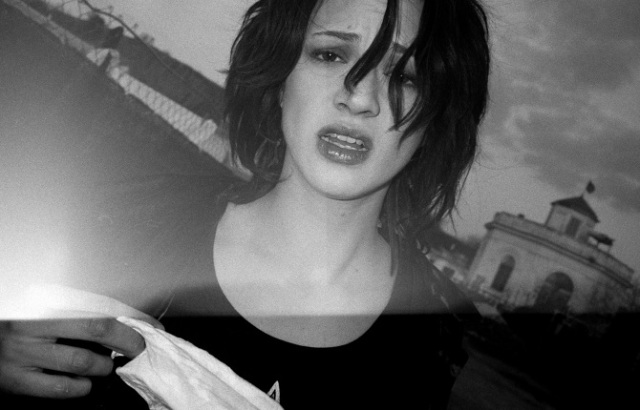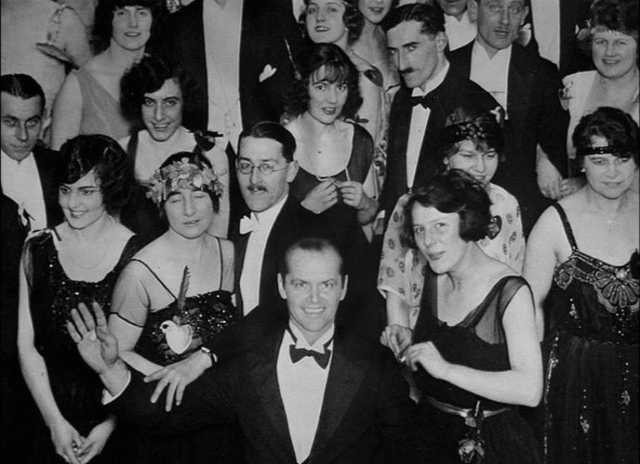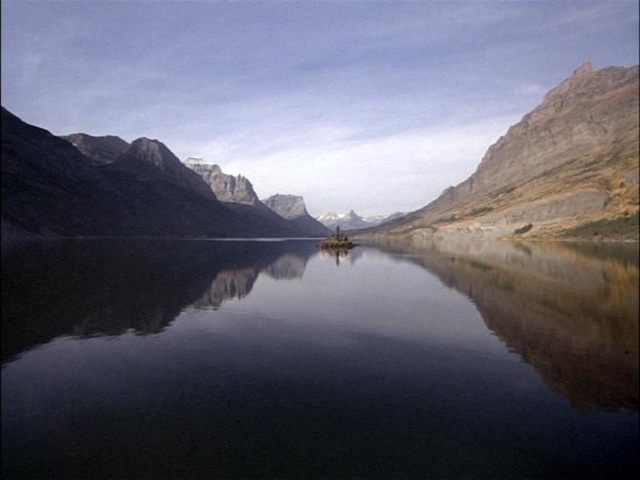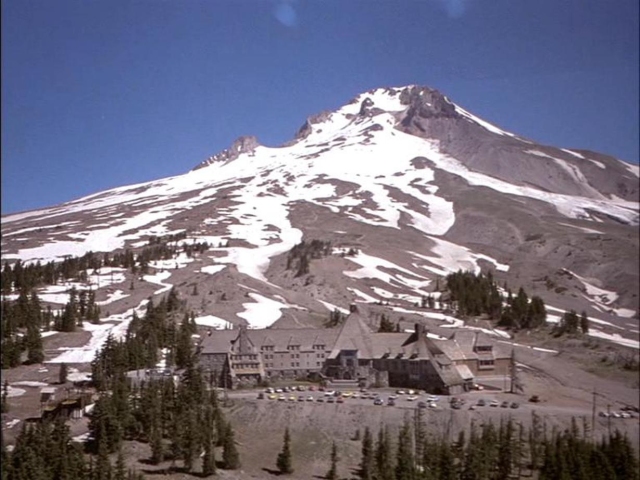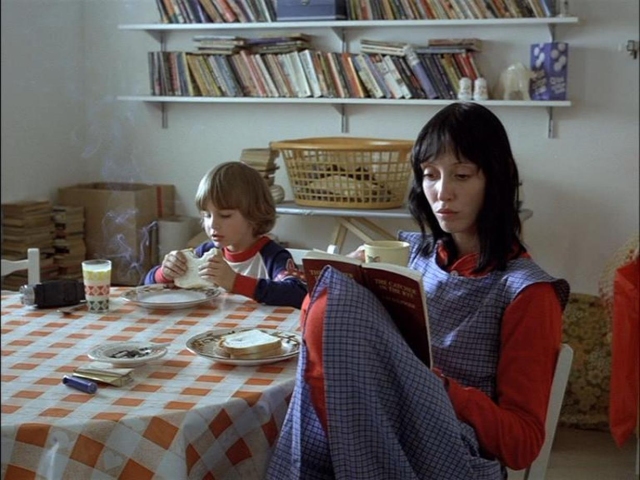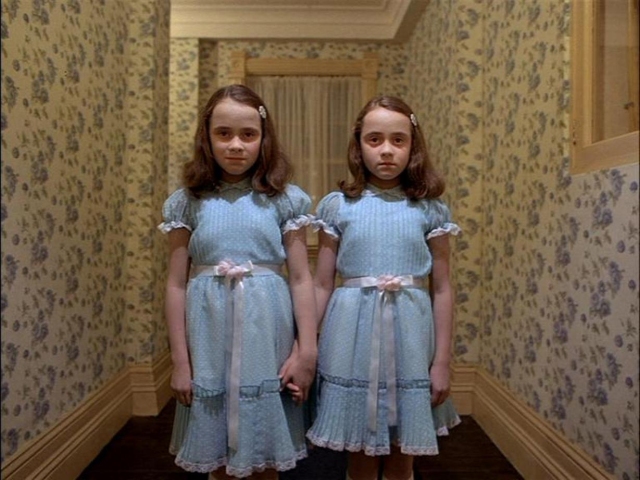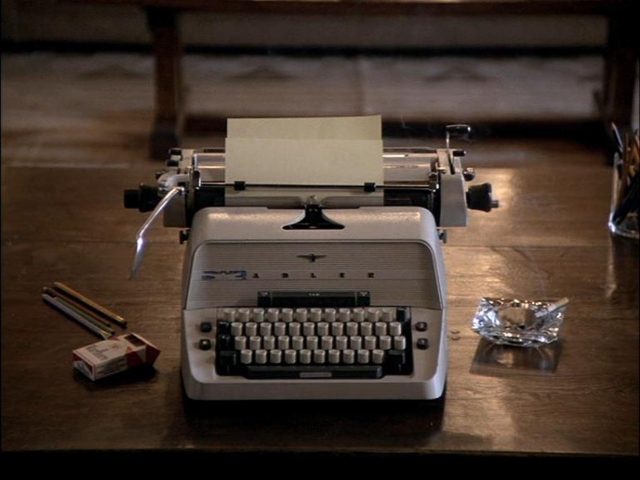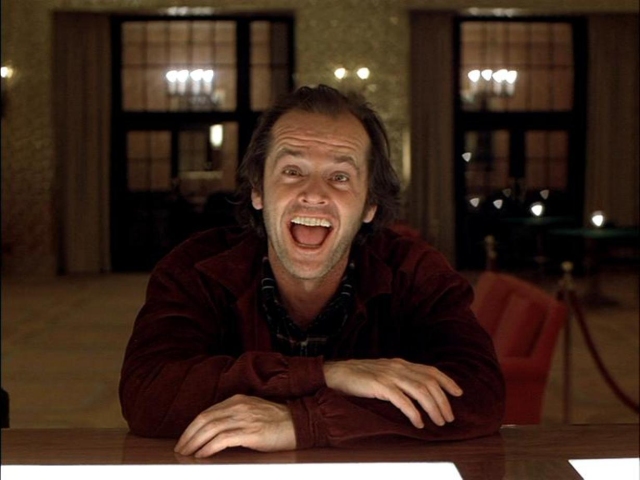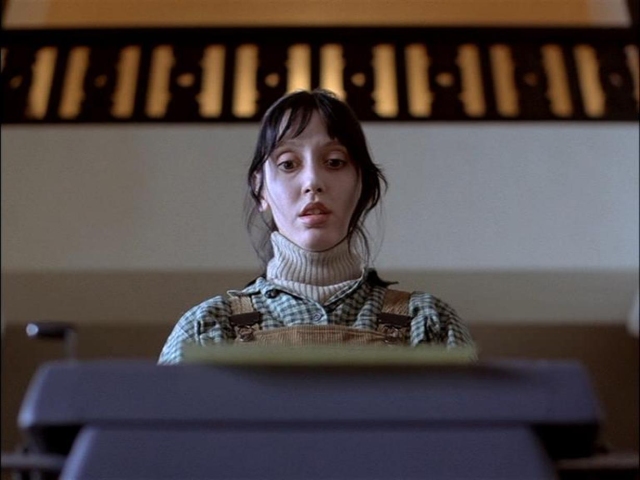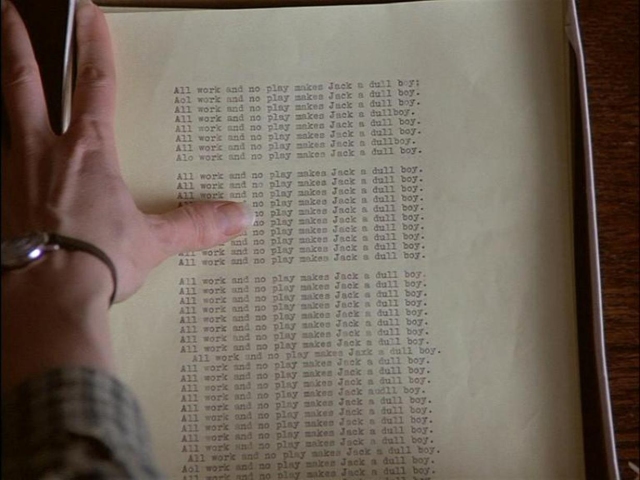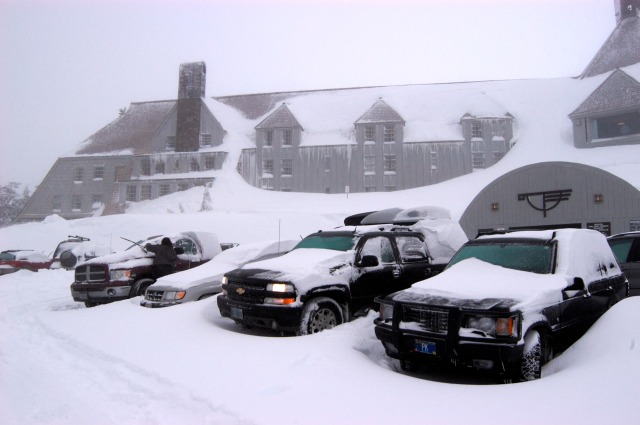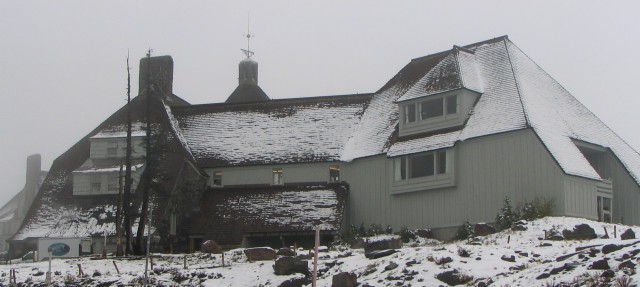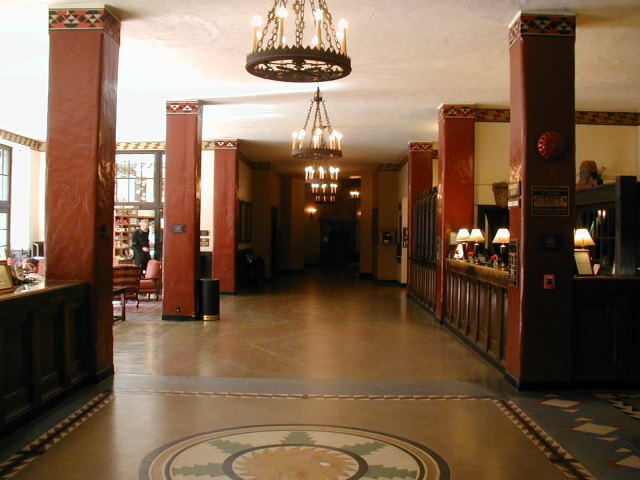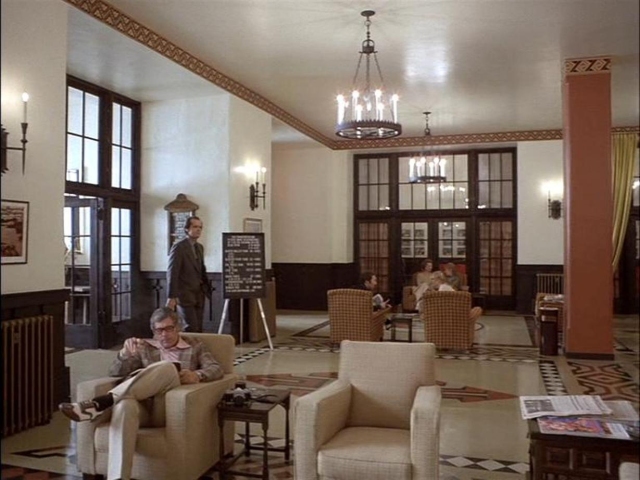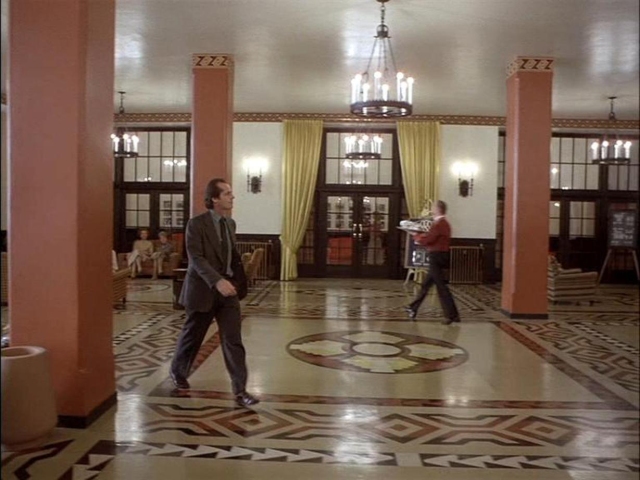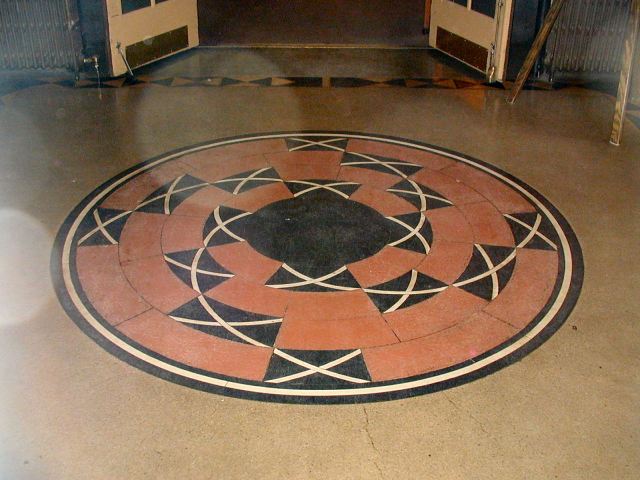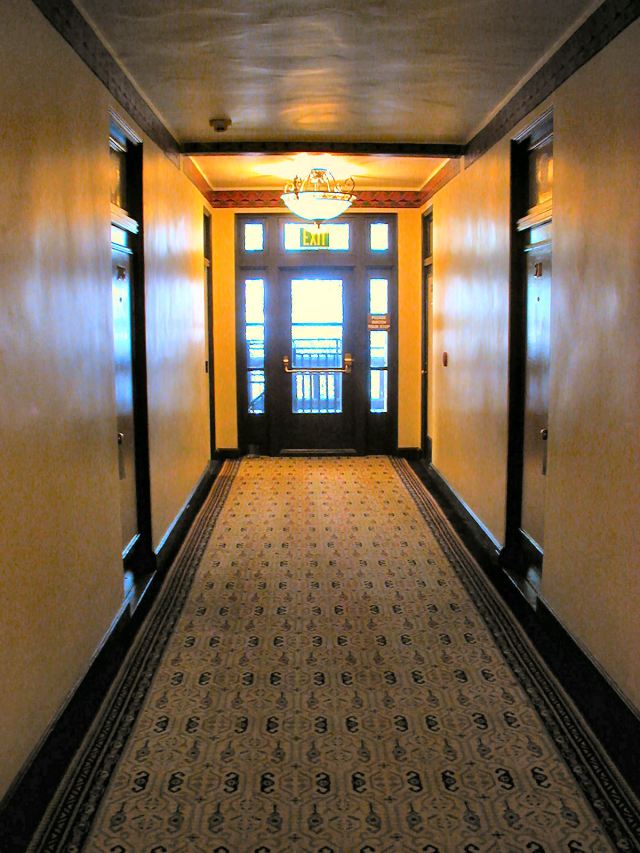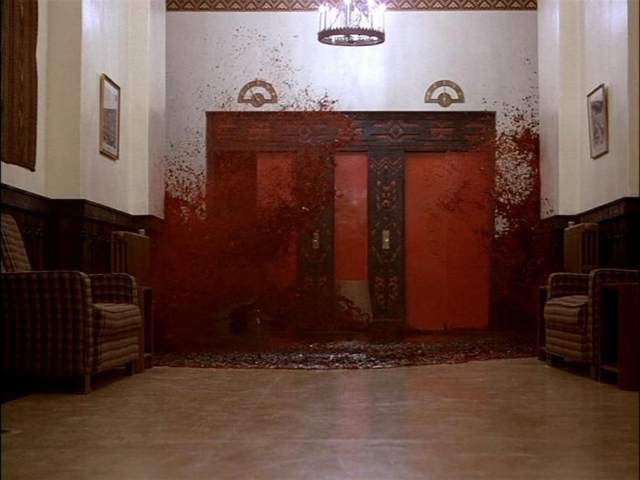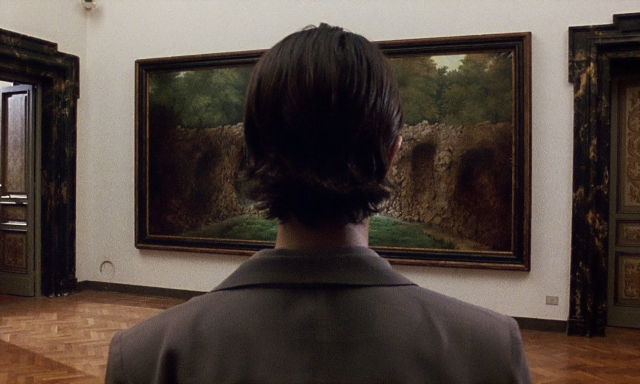
LA SINDROME DI STENDHAL
Asia Argento, Thomas Kretschmann, Marco Leonardi, Luigi Diberti, Paolo Bonacelli, John Quentin .. / Based on the novel by Graziella Magherini / Screenplay Dario Argento / Music Ennio Morricone / Cinematography Giuseppe Rotunno / Editor Angelo Nicolini / Produced & Directed by Dario Argento
.
Hyperkulturemia / Florence or Stendhal syndrome: “.. symptoms that feature disorientation, panic, heart palpitations, loss of identity, fear and dizziness, and beset certain foreign tourists in cities like Florence and Venice, where centuries of intensely vivid art and architecture overwhelm them and destabilize both the grounded space on which they stand, and their temporal mooring in the present.. more vertiginous than uncanny, more existentially dangerous than exotically strange, a ‘fugue state’.. a flight from or loss of the awareness of one’s own identity (from the) emotional stress.”
Carnal Thoughts: Embodiment and Moving Image Culture’ by Vivian Sobchack
.
Dario Argento is always closest at home when he has a decent psychological disorder to hang his hat upon. ‘The Stendhal Syndrome’ manages to bewitch, bother and bewilder in equal fashion. What most critics and audiences ave hitherto agreed upon is that the first 20 minutes or so are truly astonishing, but that it all starts to come apart at the seams from then on in. This isn’t quite true though, since there’s most definitely plenty more to discover and to be impressed by during that other hour, but it’s rather that Argento doesn’t make it an easy ride. With a plot that involves sadistic rape sequences at it’s core, a series of truly baffling plot twists, and the need for some seriously outlandish suspensions of disbelief. It takes an audience familiar with the dreamlike qualities of Giallo cinema, European arcane fairytales, and the dark eccentricities of Argento’s visions to cope and stick with it to the end. Ultimately it’s a very rewarding cinematic experinece, though a decidedly disconcerting one.
“On leaving the Santa Croce church, I felt a pulsating in my heart.
Life was draining out of me, while I walked fearing to fall.”
-Marie-Henri Beyle (Stendhal)-
On the surface Argento’s films appear to be about fairly conventional horror subjects, populated with serial killers, witches, supernatural forces and the demonic.. but it’s mostly window-dressing we come to realize, a construct to allow for explorations of the psyche and of the Succubus erotic.. haunting the characters sexualised emotions, and leading the audience into dark recesses. The conceptual subtext then, is resolutely dominant throughout, leaving the plot secondary to visual and emotive concerns. It must be said that over the years Argento’s plots have increasingly become sketchier, still dutifully following the lurid, exploitative traditions of the Giallo genre, but losing much of the sense of pace necessary to create an entertaining journey.. a certain pitfall to this particular dreamlike and hypnotically visceral style of cinema.
To some extent ‘Stendhal’ stands as one of the last of Argento’s films to entirely please his followers. In recent years his output has either fallen short of the mark, or else drifted off of course entirely. His latest, an adaptation of Dracula sank unceremoniously without a trace, in the straight to video quagmire.
Over the years Argento himself has frequently sighted Hitchcock as his principal source of inspiration, and even explored the subject in his 2005 film ‘Ti Piace Hitchcock?’ (Do you like Hitchcock?) but perhaps Brian DePalma is a more fruitful comparison to make in terms of Neo-noir style and a preoccupation with the more lurid imagery of the Femme Fatale. From the German Expressionistic beginnings of Pabst’s Lulu (Pandora’s Box), to the eroticism of the Italian Giallo Pulps, European cinema has always been less restricted by censure than Hollywood, free to ‘play’ and to explore with a giddy fervour. Attracting American filmmakers, influencing and inspiring in equal measure.. but also scaring off Hollywood investors who would sooner back familiar, tried and tested material, than go out on a limb with something *cough* ‘artistic’.
‘The feeling is so profound, that it borders on
pity. All this speaks clearly to my soul.’
“Horror is like a serpent; always shedding its skin, always changing. And it will always come back. It can’t be hidden away like the guilty secrets we try to keep in our subconscious.” (Dario Argento)
Interstingly DePalma himself has found himself moving towards European productions, toying with the continental in ‘Femme Fatale’, and excelling with his much improved remake of Alain Corneau’s film ‘Crime d’amour’ as ‘Passion’, starring Noomi Rapace (‘The Girl with the Dragon Tattoo’ etc) , Rachel McAdams (Midnight in Paris’) and Karoline Herfurth (‘Perfume’) in three roles that would make Argento and Hitchcock clap with glee.

DREAM-LIKE TV INFLUENCE
Guinness Tv advert : ‘Get the picture’ with Rutger Hauer (1991)
POSTER ART


.
DARIO ARGENTO FILMOGRAPHY
The Bird with the Crystal Plumage (1970)
Il gatto a nove code / Cat o’ Nine Tails (1971)
4 mosche di velluto grigio / Four flies on grey velvet (1971)
Le cinque giornate / The Five Days (1973)
Profondo Rosso / Deep Red (1975)
Suspiria (1977)
Inferno (1980)
Tenebrae (1982)
Phenomena (1985)
Opera (1987)
Trauma (1993)
The Stendhal Syndrome (1996)
The Phantom of the Opera (1998)
Non ho sonno / Sleepless (2001)
Il cartaio / The Card Player (2004)
La terza madre / Mother of Tears (2007)
Giallo (2009)
Dracula 3D (2012)
——–
ASIA ARGENTO – b. 20th Sept. 1975 (Rome, Italy)
